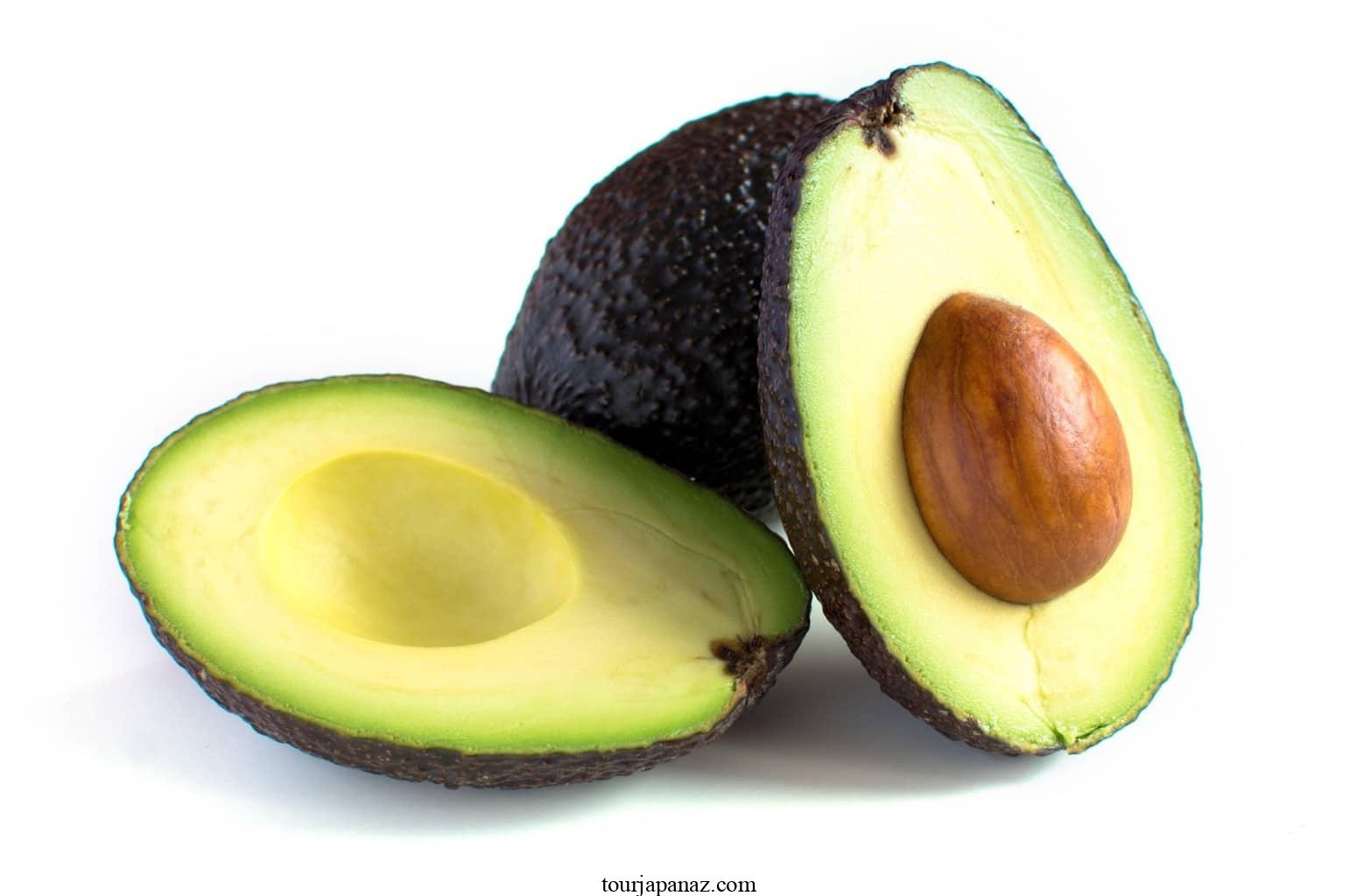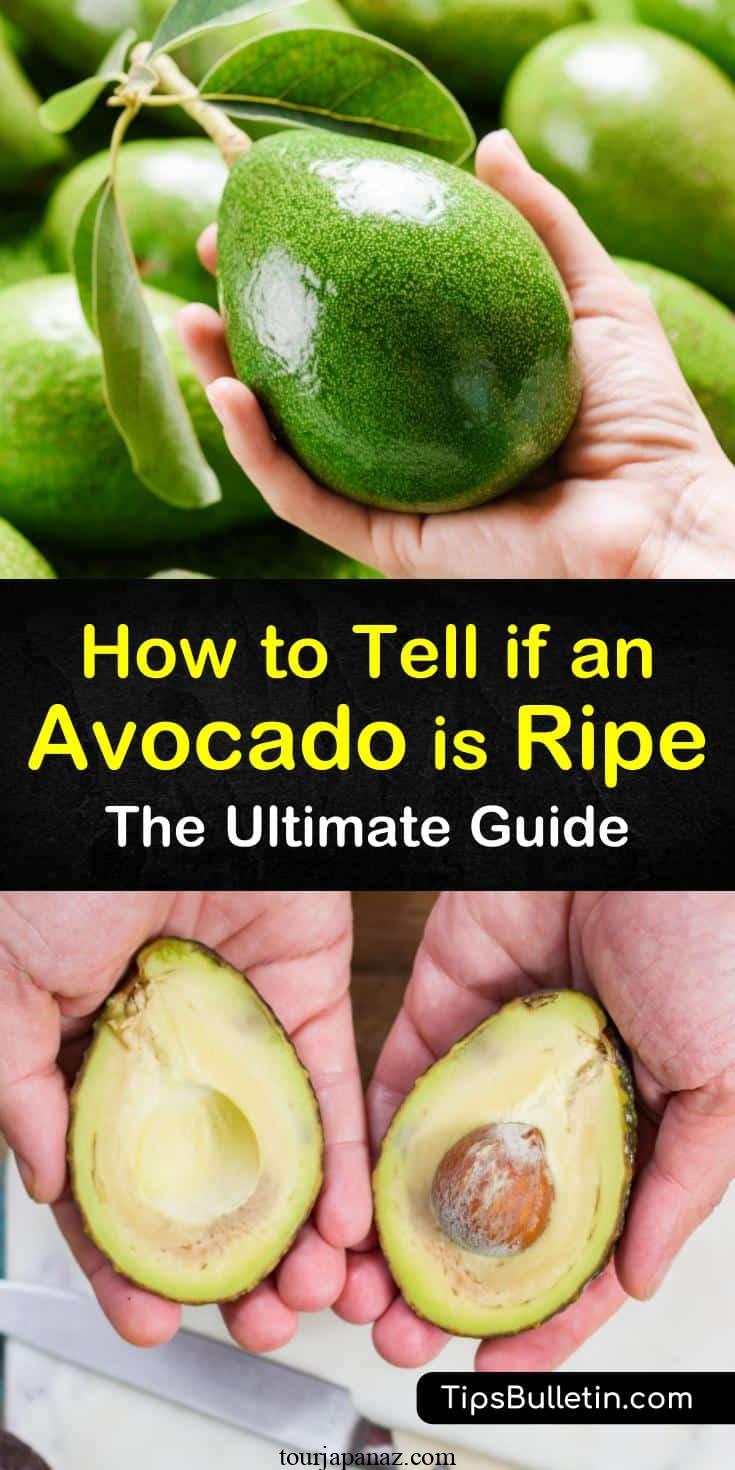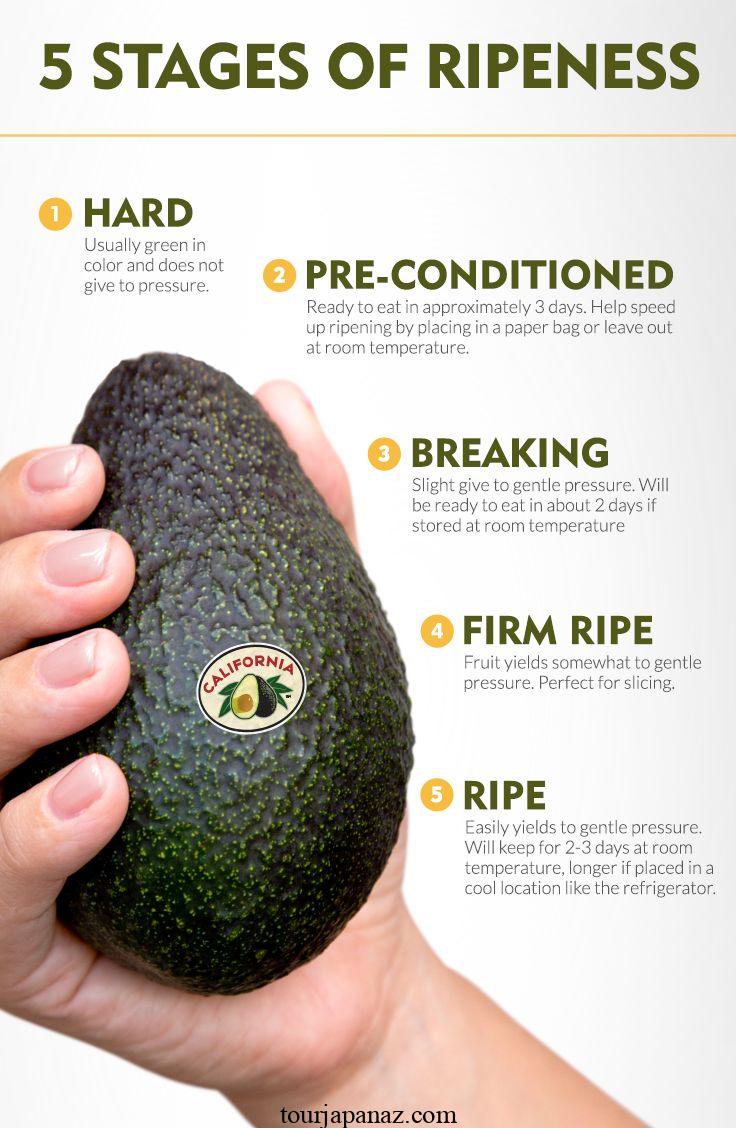Picking Avocados: Best Way to Tell If an Avocado Is Ripe
In our quest to find the perfect avocado, we often encounter the same dilemma – how do you know if an avocado is ripe? You’re not alone in this search for the Holy Grail of avocados. Whether you’re planning to make a delicious guacamole, top your morning toast, or add some creamy goodness to your salad, selecting a perfectly ripe avocado is crucial. In this comprehensive guide, we’ll share our expertise on how to choose the ripest avocados, ensuring you never face a disappointing, unripe avocado again.
Understanding the Anatomy of an Avocado

Before we delve into the art of picking the perfect avocado, let’s first understand the fruit’s anatomy. Avocados have three main parts: the skin, the flesh, and the pit. The skin is the outermost layer, which can vary in texture and color depending on the avocado variety. The flesh is the creamy, green part we all love to eat, and the pit is the large, round seed inside the avocado. To pick the best avocado, you’ll want to consider each of these elements.
Examining the Skin

The skin of an avocado can tell you a lot about its ripeness. When avocados are still green and unripe, the skin is typically smooth and firm. As they ripen, the skin undergoes several changes. Look for these indicators:
- Color: Ripe avocados usually have a dark, almost black skin. However, this can vary depending on the avocado variety. Hass avocados, one of the most common varieties, turn dark purple or black when ripe. Other varieties may stay green.
- Texture: Gently squeeze the avocado. A ripe avocado will yield to gentle pressure, but it shouldn’t be mushy. Avoid avocados with extremely soft or wrinkled skin.
- Blemishes: Check for blemishes or spots on the skin. Minor imperfections are common and can be trimmed off, but excessive bruising or mold is a sign of overripeness.
Assessing the Flesh

The flesh of the avocado is where the magic happens. To assess its ripeness, follow these steps:
- Give it a gentle squeeze: Press the avocado lightly with your fingers. A ripe avocado should feel slightly soft but still have some firmness. It should yield to gentle pressure without feeling mushy.
- Color of the flesh: The flesh of a ripe avocado should be a vibrant green. If it’s brown or has brown streaks, it may be overripe or even spoiled.
- Check near the stem: Gently remove the small stem or cap at the top of the avocado. If it comes off easily and is green underneath, the avocado is likely ripe. If it’s brown, the avocado may be overripe.
Understanding the Pit

While the pit isn’t the primary indicator of ripeness, it can provide some insight:
- Size of the pit: Generally, the size of the pit remains relatively constant in avocados. However, some overripe avocados may have a smaller pit. If the pit is loose or rattles when you shake the avocado, it’s a sign of overripeness.
Now that you’ve learned how to assess an avocado’s ripeness based on its skin, flesh, and pit, you’re well on your way to becoming an avocado connoisseur.
Ripening Avocados at Home

Sometimes, you may bring home avocados that are not yet ripe. If you can’t wait for them to ripen naturally, here’s a handy trick:
- Paper bag method: Place your unripe avocados in a paper bag and fold the top to seal it. Adding a banana or apple to the bag can speed up the ripening process. The ethylene gas produced by these fruits will help ripen the avocados faster.
- Warm spot: Keep the paper bag in a warm, room-temperature location. Check the avocados daily until they reach your desired level of ripeness.
Storing Ripe Avocados
Once you’ve found the perfect avocados, you’ll want to keep them at their best. Here’s how to store ripe avocados:
- Refrigeration: If your avocados are perfectly ripe, but you’re not ready to use them yet, store them in the refrigerator. This will slow down the ripening process and keep them fresh for a few more days.
- Lemon or lime juice: To prevent your avocado from turning brown after you’ve cut it open, sprinkle it with lemon or lime juice. This helps preserve the color and flavor.
- Cover with plastic wrap: If you’ve only used half of an avocado, cover the remaining half tightly with plastic wrap, ensuring it’s in direct contact with the flesh to minimize exposure to air.
Frequently Asked Questions (FAQ)Q1: What is the best way to ripen avocados quickly?
A1: The paper bag method, along with a banana or apple, is the quickest way to ripen avocados. Place them in a paper bag and seal it, adding a ripe banana or apple to speed up the process.
Q2: How can I prevent my avocados from overripening?
A2: To prevent avocados from overripening, store them in the refrigerator once they reach your desired level of ripeness. This will slow down the ripening process and extend their freshness.
Q3: Can I freeze ripe avocados?
A3: Yes, you can freeze ripe avocados. Cut them into slices, mash them, or puree them and store them in an airtight container or freezer bag. Adding a bit of lemon or lime juice can help maintain their color.
Q4: Is it safe to eat an avocado if it has brown streaks in the flesh?
A4: While brown streaks in avocado flesh are generally safe to eat, they may indicate overripeness. The avocado might have a slightly altered taste, but it’s still edible.
tag
- chicken feed
- how to Keep Chickens Off Your Porch
- How to grow oyster mushrooms at home
- Growing Kale in Pots

No Responses